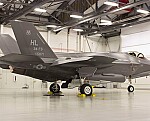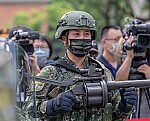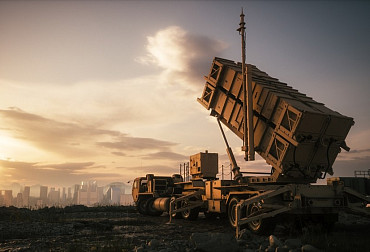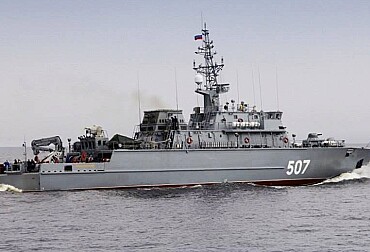The West has run out of patience with the Yemeni rebels. Will large-scale attacks help stabilise the situation in the Red Sea?
The United States and Britain have launched a series of targeted attacks in Yemen against Iran-linked Houthi rebels. Both the British Royal Air Force and the US Air Force and Navy, including submarines, were involved in a coordinated night attack that targeted some sixty Houthi targets in a number of locations across Yemen. In the largest such strike since the Red Sea crisis began, the Americans alone fired over 100 precision-guided missiles. The Western coalition, backed by other partners, calls the move self-defense and a necessary measure to protect cargo and other ships in the area. Off its coast, Yemeni terrorists have begun attacking ships under the pretext of war with Israel, vowing to attack all vessels flying the flag of states supporting the Jewish state. Partner states, including Australia and Canada, have indirectly joined the attack on Yemen as support in the region.
In an unprecedented and precisely targeted strike, the coalition that emerged in the Red Sea after the Yemeni attacks began ran out of patience and decided on a strategic act. It was to send a clear message to the Iran-backed radicals and cripple their infrastructure. "We conducted targeted strikes on more than 60 targets in 16 locations of Iranian-backed Houthi militants, including command facilities and bases, ammunition depots, launchers and equipment manufacturing facilities, and air defense radar systems," Lt. Gen. Alex Grynkewich summarized the main objectives of the operation in an official report from U.S. Air Force Central Command. "Over 100 precision-guided munitions of various types were used in the strikes. These strikes consisted of coalition air and naval strikes and support assets from throughout the region, including U.S. Central Command Maritime Forces aircraft and Tomahawk cruise missiles launched from surface and subsurface platforms," Grynkewich said.
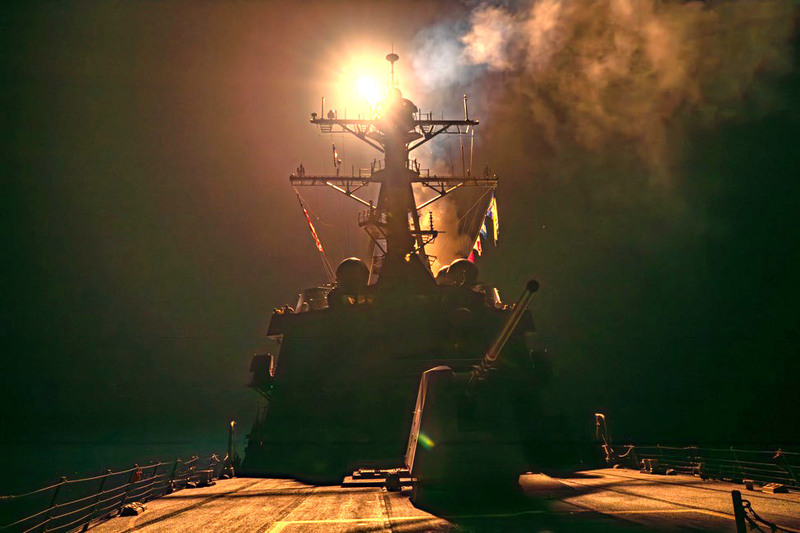
That a Western attack on selected targets in Yemen was imminent was suggested by a number of open-source indicators in addition to escalating Houthi attacks in the region. For example, flying enthusiasts on Flightradar24 noticed hours before the operation began the take-off of a US RC-135 Rivet Joint reconnaissance aircraft from the Qatari base of al-Udajd, which is used by the Americans and British in addition to the Qataris. This is a type of reconnaissance aircraft that is equipped with a number of advanced electronic sensors and other devices capable of near real-time data collection and observation of events in a designated area. It is thus a very suitable means of monitoring a situation such as a coordinated attack.
Five FGR.Mk 4 Eurofighter Typhoon fighter jets were then due to take off from RAF Akrotiri in Cyprus, but according to the British Ministry of Defence, only four of them were involved in the attack, with the fifth apparently acting as a backup. In their arsenal were dual laser and GPS/INS-guided Paveway IV missiles from the British company Raytheon. The aircraft were also supported by a Voyager air tanker.
"Our aircraft targeted buildings and locations associated with drone attacks. Intelligence reports indicate that they have been used to launch cruise missiles and drones over the Red Sea," the British Ministry of Defence said in an official statement. "The detailed results of the strikes are currently being assessed, but early indications suggest that the Houthis' ability to threaten merchant ships has suffered a major blow," the British MoD continued in e its report. The British themselves also had a pair of warships in the area, including the missile destroyer HMS Diamond, but this is not equipped with offensive missiles, only defensive ones. It therefore operated in the area along with another vessel in support of the overall mission.
Protecting an important shipping lane and sending a message to Tehran
The Americans brought their aircraft carrier USS Dwight D. Eisenhower into action, from which F/A-18 Hornet fighters and the twin-engine E-2 Hawkeye early warning turboprop aircraft were launched. Precision-guided Tomahawk missiles were then to be fired by the US Army from missile cruisers and destroyers present in the area, as well as from the Ohio-class missile submarine USS Florida.

"These strikes are in direct response to the Houthis' unprecedented attacks against international naval vessels in the Red Sea - including their unprecedented use of anti-ship ballistic missiles. These attacks have endangered U.S. troops, civilian sailors and our partners, and threatened commerce and freedom of navigation," U.S. President Joe Biden said in an official statement on the White House website, going on to explain why such action was necessary and unavoidable. "In 27 attacks on international commercial shipping, more than 50 countries were affected. Crews from more than 20 countries have been threatened or taken hostage in pirate raids. More than 2,000 ships have been forced to divert their voyages by thousands of miles to avoid the Red Sea, which can cause weeks of delays in delivery times for products being shipped," the US president said. In the event of further potential attacks by the Houthis, the president promised to respond in kind.
That the Americans meant its words was confirmed by another US attack on a Houthi base in Yemen a few days later, this time without UK support. However, even the UK, through the mouth of government officials, has announced that it will rejoin the action if necessary. The main attack was also indirectly supported by partner states in the region, namely Australia, Canada, Denmark, Germany, the Netherlands, New Zealand, South Korea and Bahrain, with the help of their sailors and vessels.
The recent Houthi incursions began after the Hamas Islamist invasion of Israel (7 October last year), or rather after the Israeli army launched a counter-offensive in the Gaza Strip. The Houthis subsequently, apparently on the direct orders of the main aggressor in the region, Iran, began to defend the Palestinian fighters.
"Iran is the primary, if not the primary, enabler and supporter of the Houthis," the BBC quoted an unnamed senior US government official from the National Security Council as saying. "I believe Iran has been involved in every phase of these attacks," the BBC quoted a senior US source as adding. Tehran condemns the current counter-attacks and vows harsh retaliation through the Houthis. But the question is whether and to what extent the now hard-hit Yemeni rebels will even be able to attack.
This is not the first time the Houthis have tried to destabilise the area north of the Horn of Africa. The first mention of a radical movement dates back to the 1990s, when the group emerged from a Zaidi sect of Shiites supported as followers of a minority branch of Islam by Tehran. The Houthis gradually increased their influence, partly due to Iran's financial and military support, until they took control of the capital Sanaa in 2014. Sunni Saudi Arabia therefore formed a Western-backed coalition that carried out airstrikes on Houthi positions. The campaign, which lasted several years, gradually lost momentum, not least because of UN intervention and demands for an end to operations because of the humanitarian disaster that arose after the Houthi advance and the bombing of cities. Under international pressure, the Saudis then began to negotiate with the other side to end the war. The United States succumbed to the same pressure because of the plight of the Yemeni population, and in February 2021 officially stopped calling the Houthis a terrorist organisation.



